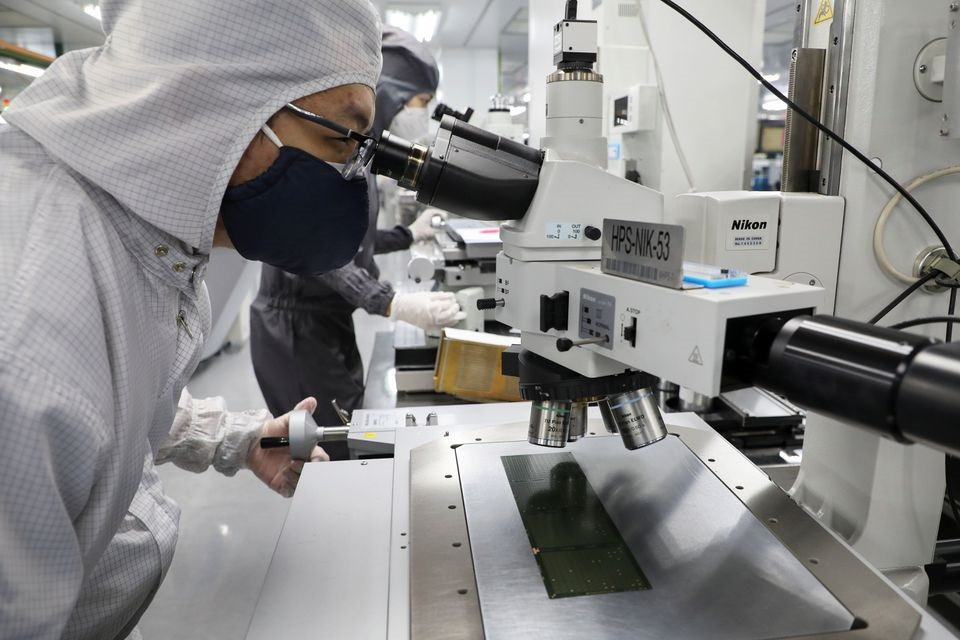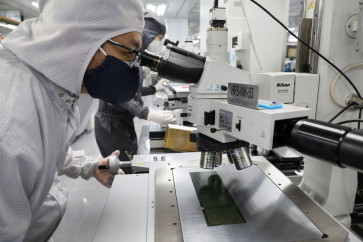Popular Reads
Top Results
Can't find what you're looking for?
View all search resultsPopular Reads
Top Results
Can't find what you're looking for?
View all search resultsIt’s time for semiconductor industry to flourish in Indonesia
Indonesia needs strong commitment to develop its homegrown semiconductor production, and put it into the list of national priority projects.
Change text size
Gift Premium Articles
to Anyone
D
uring the COVID-19 pandemic, many countries have been experiencing disruption of the global supply chain of various raw materials and products. Among the widely discussed issues is a shortage of semiconductors or chips, which are considered the "brain" of every electronic device. Many experts have predicted the shortfall may drag on until 2022/23.
According to market intelligence firm IDC, more than 300 million personal computers (PCs) were sold in 2020, up from 268 million in 2019. Analysts project that the demand will reach 400 million PCs by the end of 2021. The shortage of semiconductors affects computer manufacturers, rendering some of them unable to fulfil orders. The disrupted supply is also adversely affecting production of other high tech electronic devices.
The World Semiconductors Trade Statistics (WSTS) recorded the trade value of semiconductors in 2019 stood at US$420.7 billion. Despite the pandemic, it rose to $452.25 billion in 2020. By the end of the year it is estimated to reach $527.2 billion. With an annual growth of 8.6 percent, the global market in 2028 will reach $803.15 billion.
Indonesia’s road to Industry 4.0, which relies on the internet and artificial intelligence is certainly an electronic base. In the absence of local semiconductors, national electronics industries only have one choice: bringing in parts to be assembled domestically. Expansion of the Local Content Level (TKDN) on electronic products will never reach a wholly Indonesian-made product if the main components are still imported.
So far, there is no integrated data of semiconductor imports. However, if Indonesia’s modern life is inseparable from electronic devices and semiconductors are the core, subsequently imports will drain foreign exchange reserves. The so-called Program Laptop Merah Putih (red and white laptop program), which is projected to provide 431,730 locally made laptops to students across the country this year will also be affected by the shortage.
Manufacturing semiconductors needs high tech nanotechnology. Professor of nanotechnology, Jeremy Ramsden, in his book Applied Nanotechnology: The Conversion of Research Results to Products in 2014, stated that nanotechnology is: the design, characterization, production, application of materials, devices and systems by controlling their shape and size at the nanoscale (smaller than atom).
The unit measure used in this technology is the nanometer (Nm), in which 1 Nm equals to 1/1 billionth of a meter. For comparison, the average size of each strand of human hair is 60,000-100,000 Nm. With nanotechnology, the use of materials for every product will be much smaller, but with similar, or even better, performance.


















